How is Tofu Made?
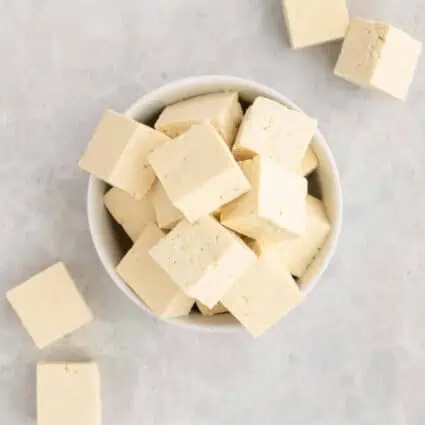
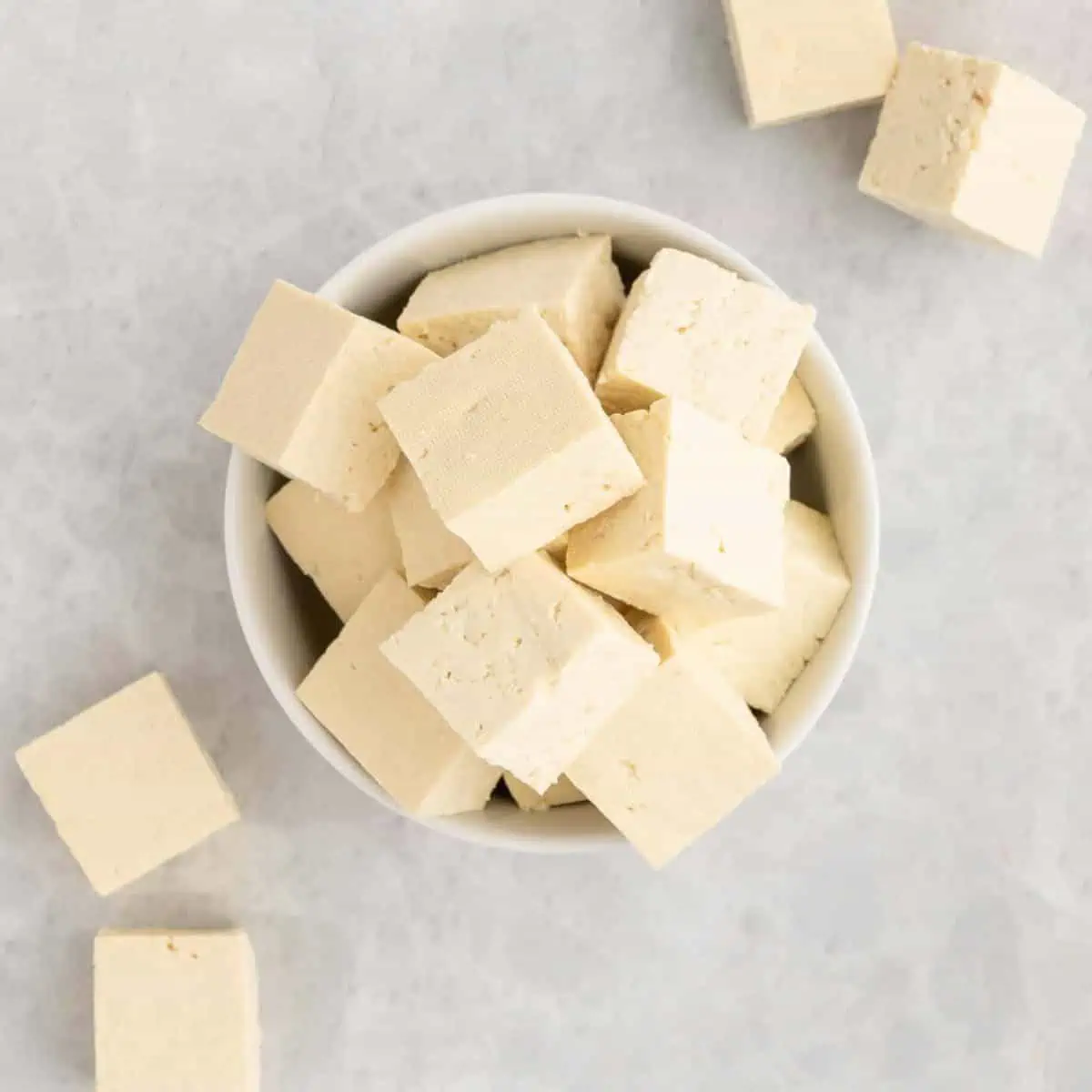
Have you ever wondered, “How is tofu made?” We’re going to walk you through the whole process plus give you a behind the scenes look of how tofu is made in an actual factory!
Table of contents
What Is Tofu Made of?
Tofu, also known as bean curd, is a culinary chameleon that has taken the culinary world by storm. This soy-based wonder has earned its place in kitchens worldwide due to its remarkable popularity, unparalleled versatility, and profound significance for those following vegetarian and vegan diets.
With a history dating back over a thousand years, tofu has transcended cultural boundaries to become a beloved staple in cuisines from Asai to the West, celebrated for its adaptability and nutrient-rich profile.
Soybeans are the cornerstone of tofu production. Here’s an in-depth look at soybeans, their sourcing, and the various varieties used in tofu production:
- Yellow Soybeans: These are the most common variety used in tofu production. They have a golden hue and a mild, neutral flavor, making them suitable for a wide range of tofu styles, from silken to extra-firm.
- Black Soybeans: Less common but gaining popularity for their potential health benefits and distinct flavor, black soybeans are used to create a unique type of tofu. They have a slightly nuttier taste and a dark color.
- Green Soybeans (Edamame): These young, tender soybeans are often used to make edamame, but they can also be used to produce tofu with a milder flavor profile.
- Organic and Non-GMO Soybeans: For those seeking healthier and more environmentally friendly options, organic and non-GMO soybeans are increasingly available and used in tofu production.
In the world of tofu, soybeans are the essential ingredient that lays the foundation for this versatile and nutritious food. Understanding the sourcing and varieties of soybeans used in tofu production underscores the importance of this humble legume in providing a sustainable and protein-rich dietary option for people worldwide.
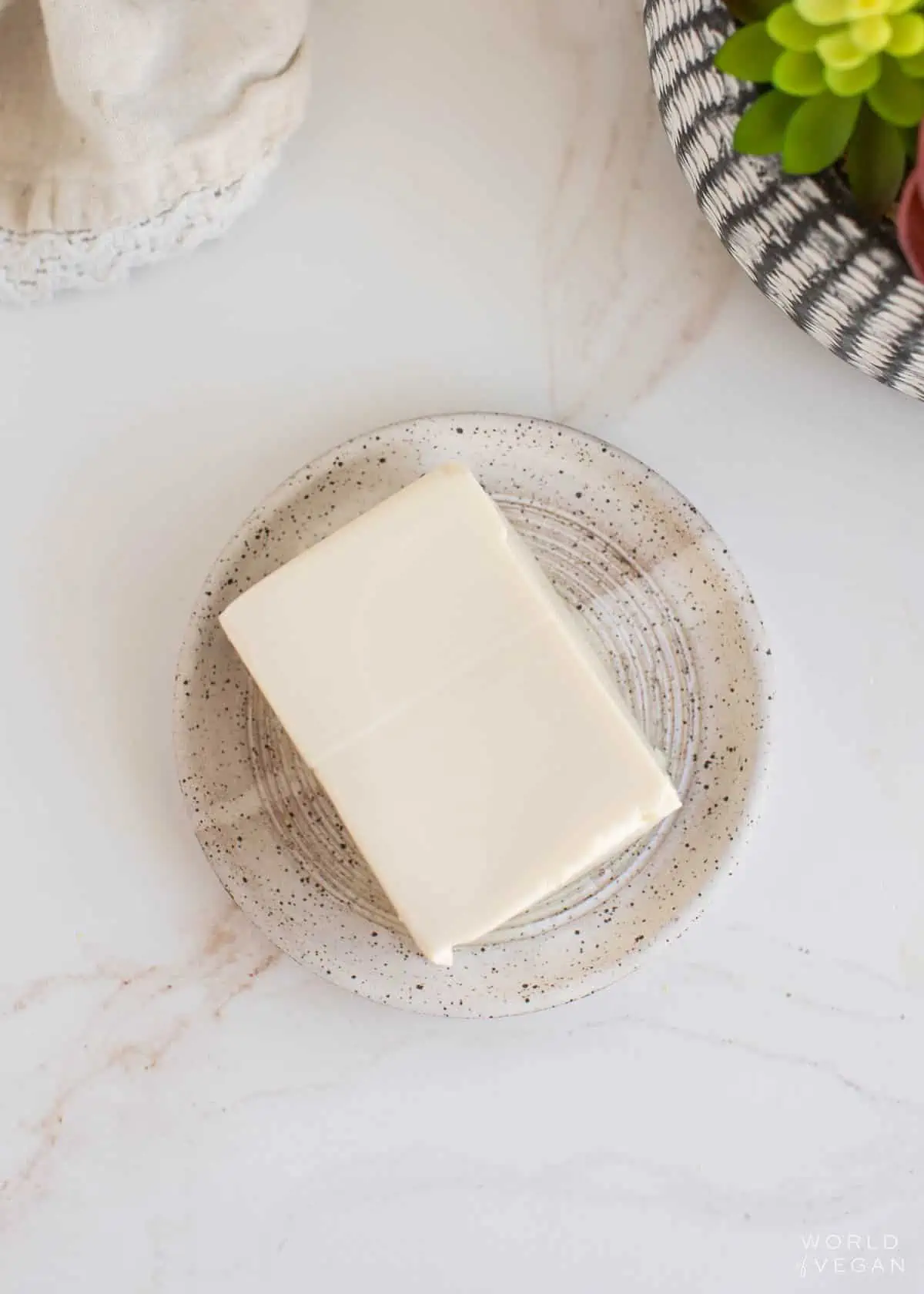
How Is Tofu Made
Soaking
The tofu-making journey begins with soybean preparation. First, dried soybeans are carefully cleaned to remove any debris or impurities. Then, they are soaked in water for several hours, typically overnight.
This soaking process rehydrates the beans, making them plump and easier to blend. After soaking, the soybeans swell, making them ready for the next step. To ensure the best results, the outer hulls of the beans are usually removed or dehulled, although this step can vary depending on the desired tofu texture.
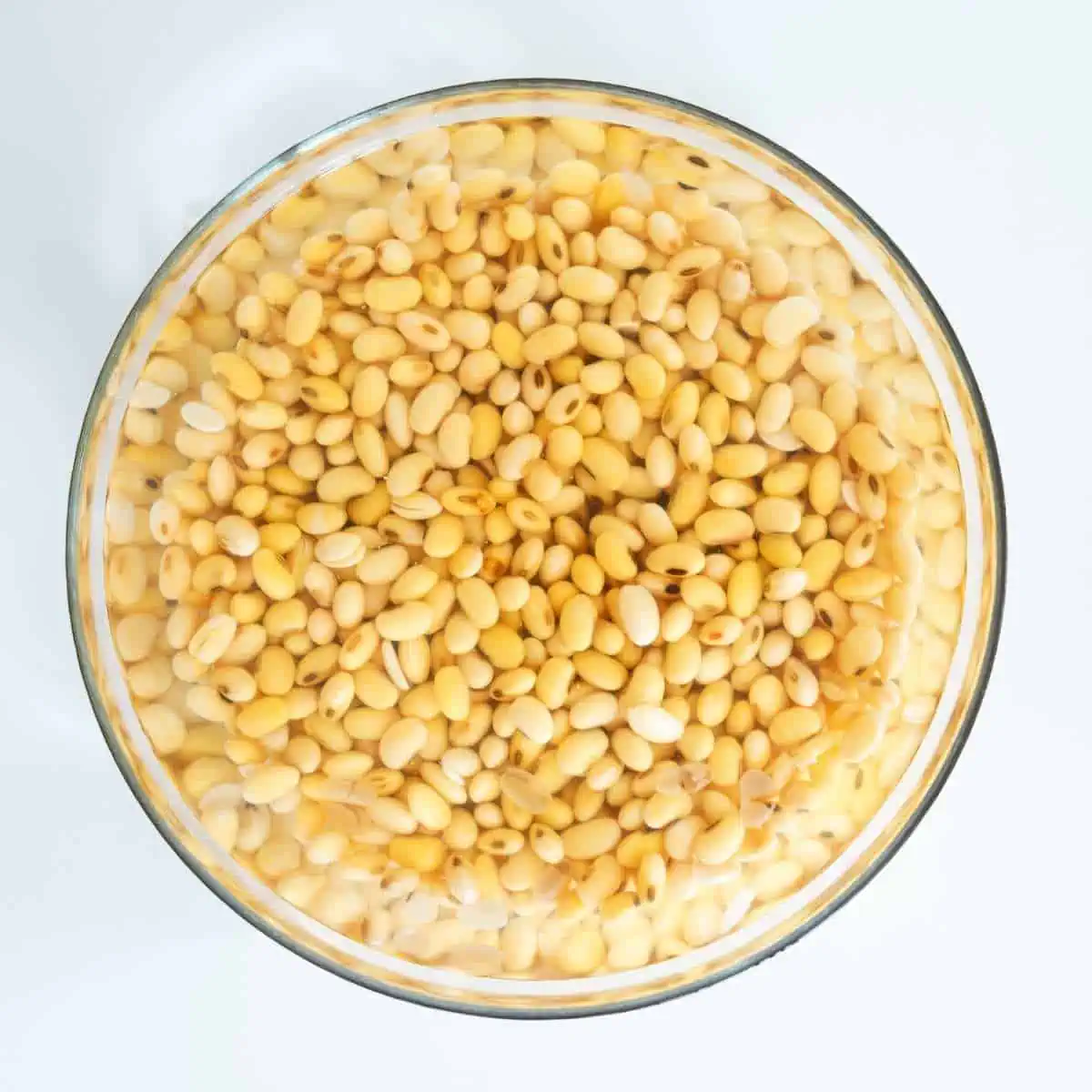
Blending and Cooking
With the soaked and possibly dehulled soybeans ready, they are blended with water to create a thick soybean paste, often referred to as soybean pulp or soybean slurry. This paste is the foundation for tofu.
Once the paste is formed, it is transferred to a large pot and cooked over low to medium heat. The gentle cooking process helps to deactivate enzymes in the soybeans that can cause off-flavors and odors. The result is a fragrant soy milk mixture.
Coagulation
The soy milk is then coagulated to separate the proteins and fats from the liquid. Various coagulants can be used, such as calcium sulfate (nigari), magnesium chloride (bittern), gypsum, or other natural coagulants.
These coagulants cause the soy proteins to bind together and form curds while leaving the liquid, or whey, behind. The choice of coagulant can affect the texture and flavor of the final tofu product.
Curds Formation
As coagulation takes place, the soybean pulp thickens into a curd-like consistency. The size and texture of the curds can be controlled by adjusting factors like coagulant concentration and stirring time.
The curds are delicate at this stage, and their formation is a crucial step in determining the final texture depending on the type of tofu, whether it be silken, soft, firm, or extra-firm.
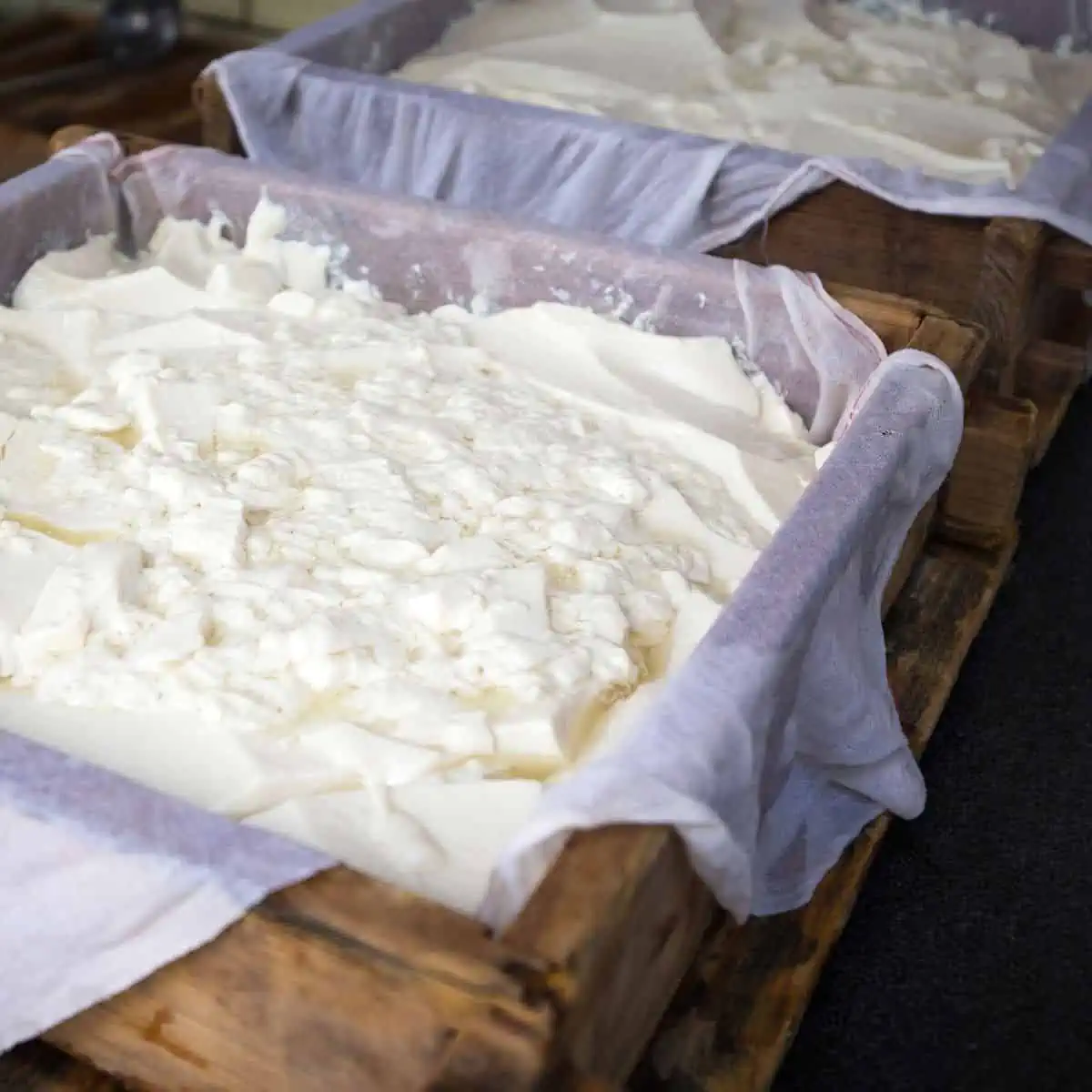
Molding and Pressing
To shape the tofu into its final form, the curds are carefully ladled into tofu molds or containers. These molds can vary in size and shape, allowing for the creation of tofu blocks or other shapes like triangles or rectangles.
The curds are then gently pressed to remove excess liquid. The pressure applied during pressing further solidifies the curds, resulting in a more compact tofu block.
Cutting and Packaging
Once the tofu has been molded and pressed, it is typically removed from the molds, revealing its distinctive shape. At this stage, the tofu can be cut into various sizes and shapes, depending on consumer preferences.
Finally, the tofu blocks or pieces are carefully packaged, often submerged in water to maintain freshness and prevent dehydration, before being made available for sale to eager tofu enthusiasts.
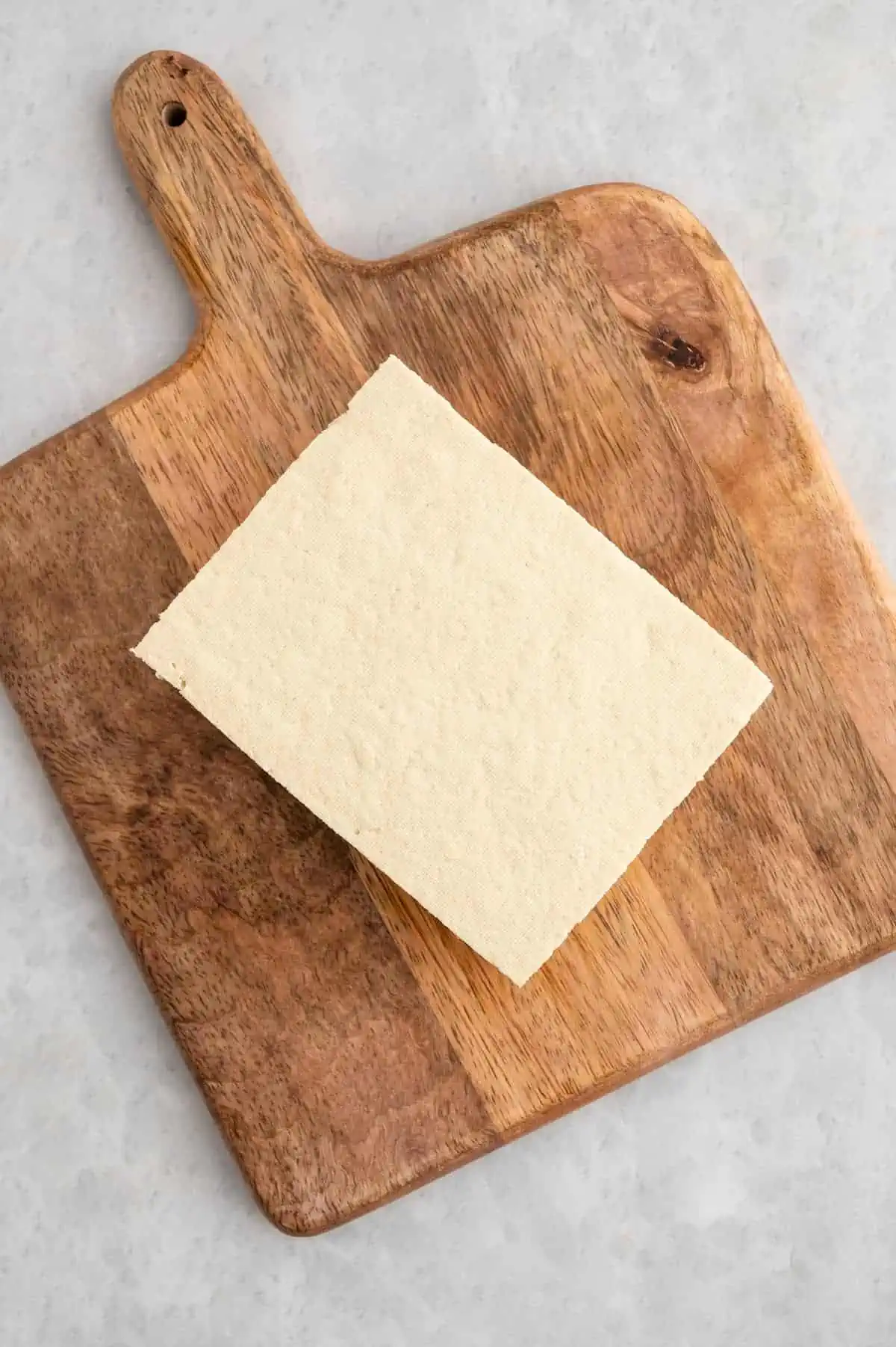
Understanding each of these steps in the tofu-making process sheds light on the meticulous craftsmanship that goes into producing this beloved plant-based food, with each step contributing to the tofu’s unique flavor and texture.
Watch the video below to see the whole process unfold:
Benefits of Tofu
- Nutritional Powerhouse: Soybeans are renowned for their exceptional nutritional content. They are a rich source of high-quality plant-based protein, containing all essential amino acids. Additionally, soybeans provide essential nutrients like iron, calcium, potassium, fiber, and various vitamins (particularly B vitamins), making them a valuable addition to a balanced diet.
- Versatile Protein: Soy protein is prized for its versatility. It serves as a primary protein source not only in tofu but also in various other soy-based products such as soy milk, tempeh, and edamame. This versatility makes soybeans crucial in meeting protein needs, especially for vegetarians and vegans.
- Sustainable Agriculture: Soybeans are environmentally friendly due to their ability to fix nitrogen in the soil, reducing the need for synthetic fertilizers. They are also a rotation crop, benefiting overall soil health.
Easy Tofu Recipes To Try
While tofu may seem like a mysterious food at first, if you give it a chance there’s a strong likelihood you’ll fall in love. There is a reason it’s a beloved staple food for many cultures around the world! Tofu is a protein-rich food that absorbs flavors and marinades readily.
It is perfect in stir-fries, toasted on a grill, crumbled into tofu scrambles, blended into cheeses, and so much more. Tofu can even be used as the base of creamy puddings, creamy sauces, and vegan cheesecakes!
Approach it with an open mind and creative spirit, and get ready for culinary magic to excite your taste buds with tofu!
Here are some more beginner-friendly recipes to introduce you to the wonderful world of tofu:
- First, learn how to marinate tofu with this helpful guide. We’ve even included an easy recipe at the end!
- Make restaurant-style Szechuan Tofu in the comfort of your own home with less time than it takes for a dinner delivery.
- Try crispy tofu fries—they’re a fantastic protein-rich snack!
- Need something super simple? Blend silken tofu into a smoothie or turn it into a delicious vegan chocolate mousse!
The journey from humble soybeans to the versatile and beloved tofu is a testament to the artistry and science of food production. Whether enjoyed by vegans, vegetarians, or anyone seeking a nutritious and sustainable protein source, tofu continues to captivate palates and inspire creativity in kitchens globally! We hope you enjoyed seeing how tofu is made and making it a part of your culinary creations!
Video by Michelle Cehn / Toni Okamoto / Vegan Outreach. This article is not sponsored by any tofu brand. Thanks for stopping by and learning about how tofu is made!

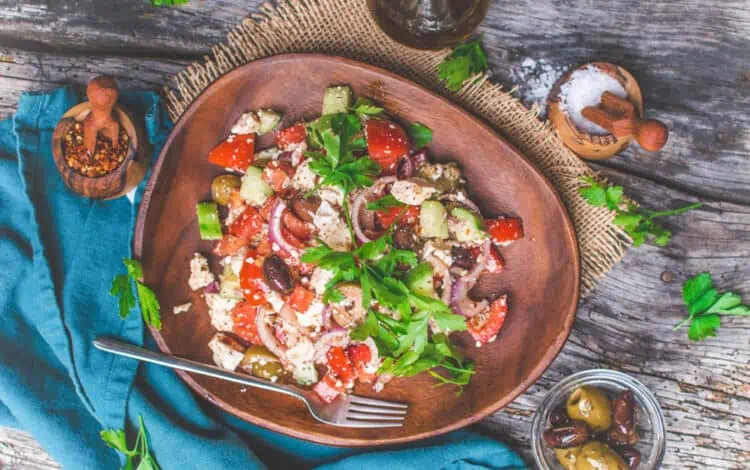
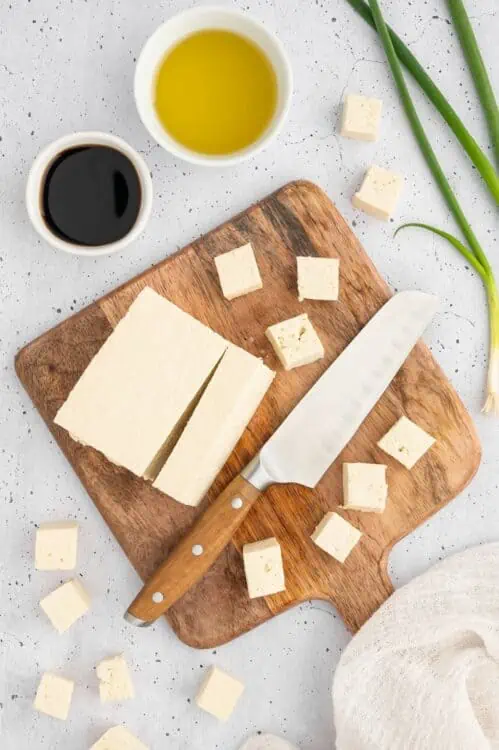
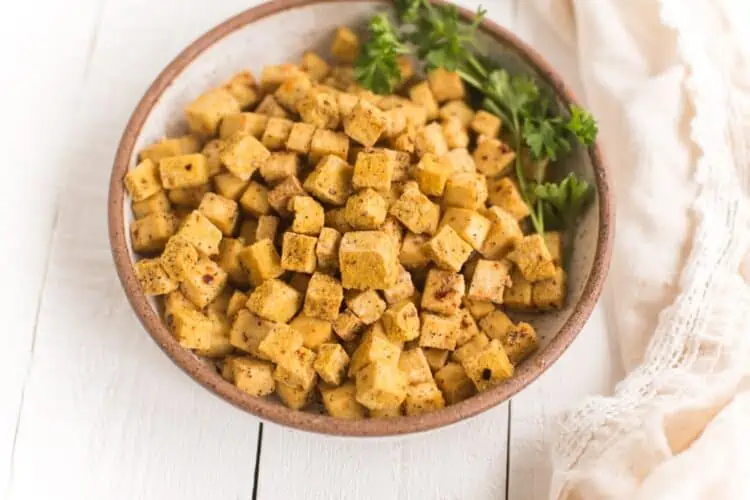
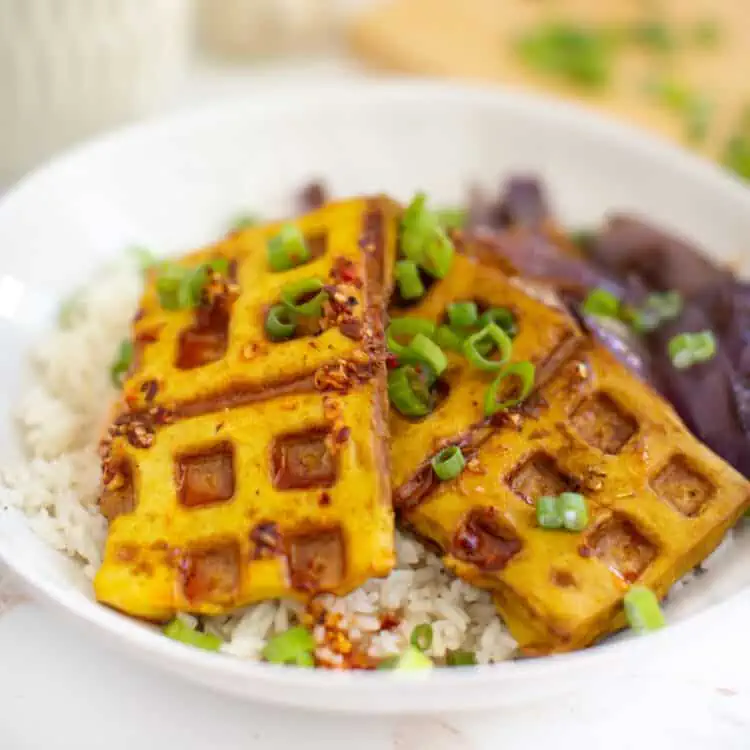

Leave a Comment